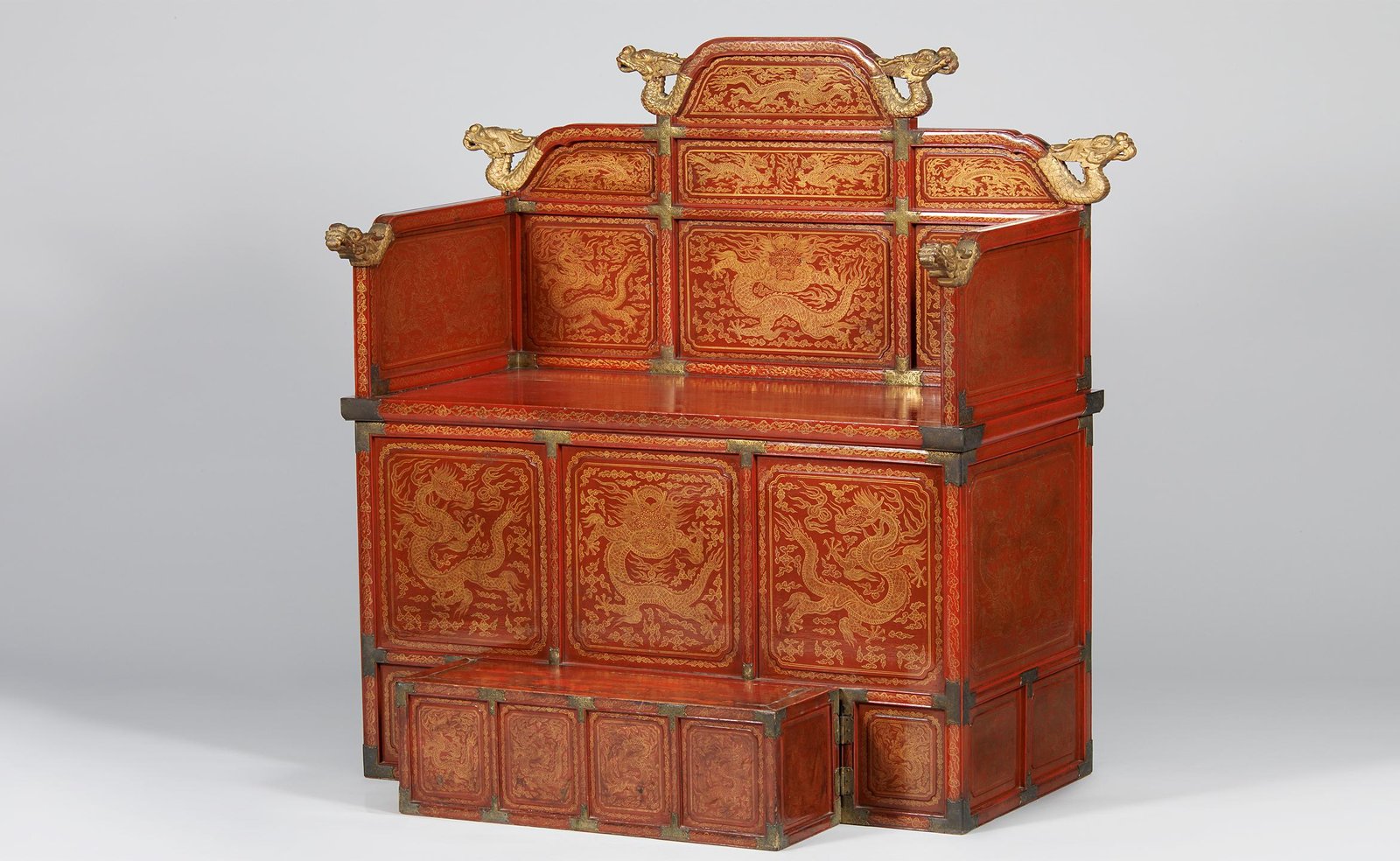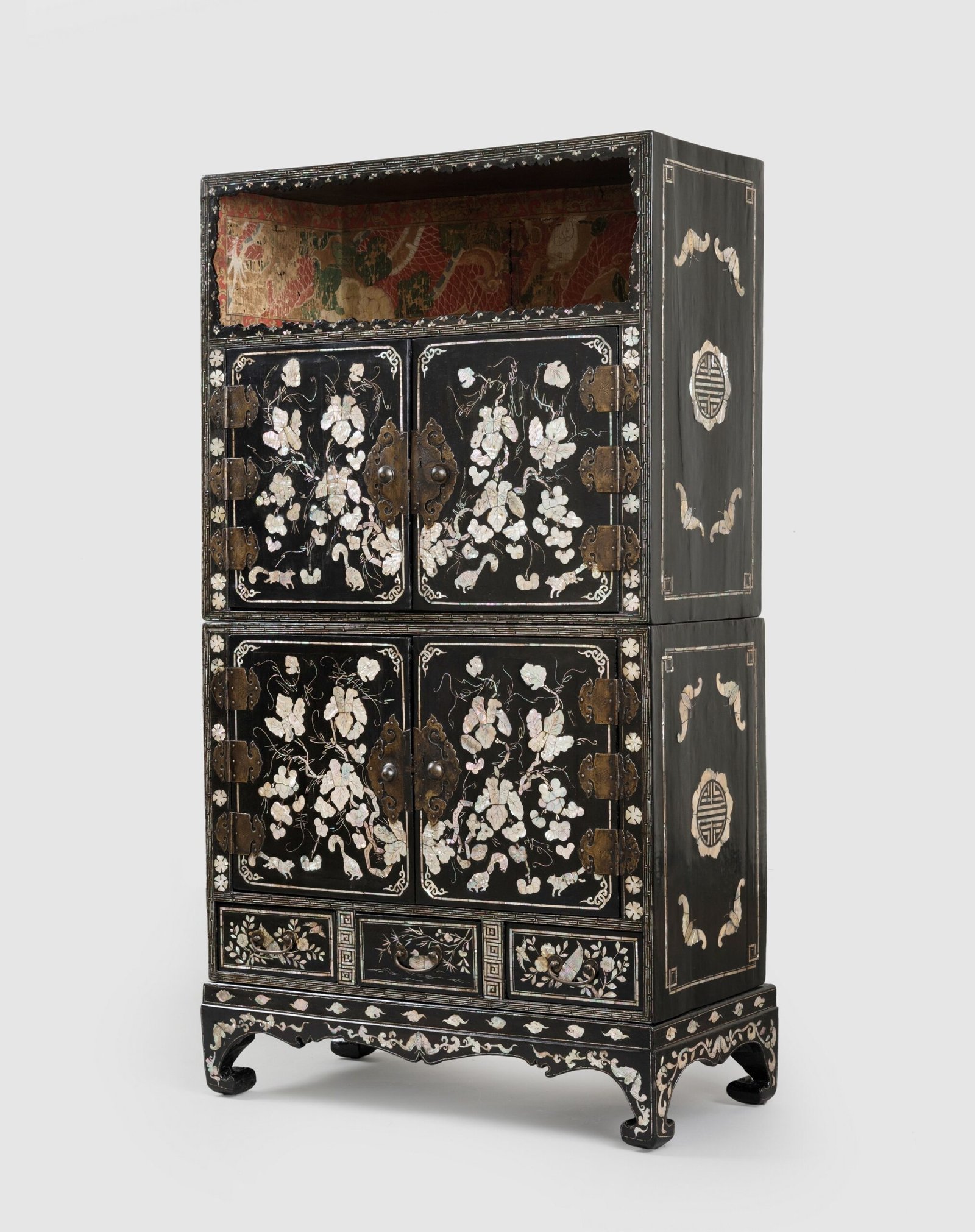PATTERNS SYMBOLISM IN KOREAN ART. In a previous publication METALWORK PATTERNS ON KOREAN FURNITURE, we listed the various decorative motifs on the hinges of Korean furniture. Below, we examine their meanings. Decorative patterns play a significant role in Korean traditional art for several reasons: Cultural Symbolism: Many decorative patterns in Korean art are deeply rooted […]








